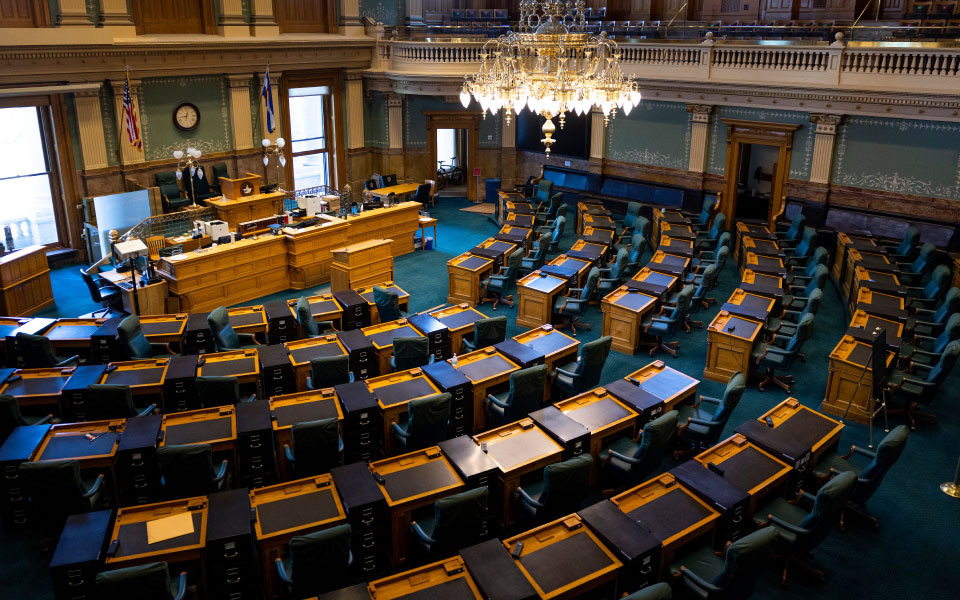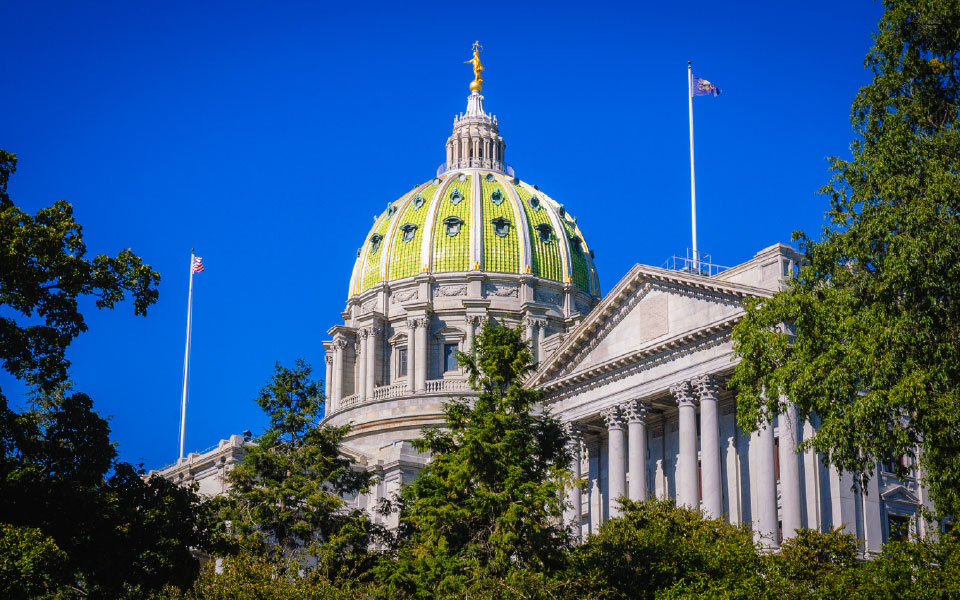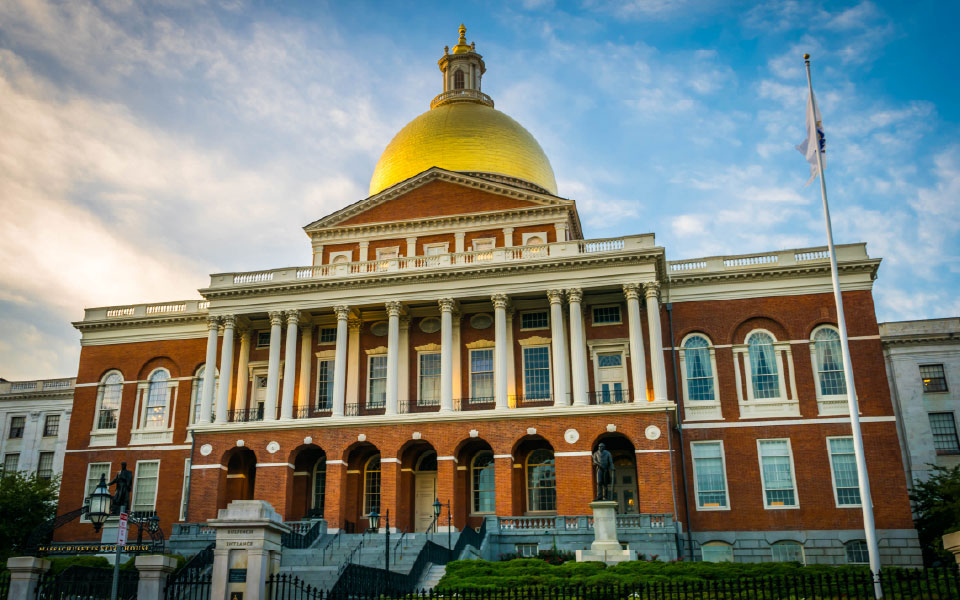The increasing frequency and intensity of natural disasters pose a significant threat to lives and property. The National Oceanic and Atmospheric Administration (NOAA) reports a total of 310 severe weather and climate events since 1980, each causing over $1 billion in losses. This has contributed to an astonishing $2.155 trillion in damages and 15,180 fatalities, highlighting the need to address this issue.
Adhering to building codes helps property owners safeguard their investments and minimize the impact of natural disasters. With resilient construction practices and an understanding of building codes, commercial property owners can accurately gauge potential risks and effectively mitigate damages. It’s estimated that by 2040, building codes will prevent $132 billion in property-related losses.
Current Natural Disaster Patterns
The occurrence of disasters can vary greatly based on the geographical location of your operations. For example, the Gulf Coast region is prone to hurricanes, while the West Coast suffers from wildfires. Regardless, every state is impacted by various weather and climate events.
Wildfires & Droughts
The Lahaina fire in Hawaii has been officially recognized by the U.S. Fire Administration as the most lethal in over a century, resulting in the destruction or damage of over 2,000 structures. In recent years, the West Coast has experienced many record-setting drought and wildfire seasons characterized by unprecedented records, resulting in thousands of fires and the destruction of millions of acres. Many studies link the drought and wildfire surge to climate change (e.g., temperature increases, soil moisture decreases, drying of organic matter in forests). Climate experts anticipate these seasons to worsen, with current models predicting a 30% increase in the average area burned by lightning-ignited wildfires by 2060.
Hurricanes, Tropical Storms & Flooding
The East Coast has experienced a growing frequency of hurricanes, tropical storms and severe flooding. Atlantic hurricane seasons have recorded a historically high increase in both storm occurrences and severity. Category 4 and 5 hurricanes (e.g., Florence, Irma, Michael, Harvey, Ida) have caused significant destruction due to extensive flooding and powerful winds. According to NOAA forecasts, rising sea levels and warmer ocean temperatures will further intensify wind speeds and precipitation associated with hurricanes. Consequently, storms making landfall are expected to cause even greater damage.
Tornadoes & Winter Storms
Each year, hundreds of tornadoes terrorize the Great Plains states, commonly referred to as Tornado Alley. Recent research indicates that the frequency and intensity of tornadoes are escalating in areas beyond Tornado Alley. Since 2000, states such as Alabama and Kentucky have reported a twofold increase in tornadoes annually. The predictability of tornado season (March-May) has significantly declined as these destructive events are occurring both earlier and later than normal. Additionally, losses from secondary perils (e.g., hail, snow) have substantially increased over the last 50 years.
How Building Codes Can Safeguard Your Property
Given the rising prevalence and threats natural disasters pose to buildings, preventative measures can’t be ignored. Building codes serve as critical guidelines to bolster the safety and resilience of structures from potential hazards. For example, wildfire-prone regions require the usage of fire-resistant roof materials, while hurricane-prone locations require sturdy beams and joists to withstand strong winds.
International Codes
A building’s construction can mean the difference between moderate damage and catastrophic loss. Most building codes are based on the International Code Council’s International Codes (I-Codes). This grouping of 15 coordinated codes provides comprehensive guidelines for construction practices, fire safety, structural integrity and other critical aspects of building design and maintenance. Adhering to these safeguards can help property owners ensure safety, compliance and should be part of your risk management program.
Return on Investment
According to FEMA, the implementation of modern building codes can prevent annual flooding ($484 million), earthquakes ($60 million) and hurricane-related wind ($1.1 billion) damages for structures built after 2000. It’s estimated that each dollar invested in building code construction can lead to $11 in disaster repair and recovery expense savings. The agency estimated current building codes will save an estimated $132 billion in property-related losses by 2040.
For example, Florida and California property owners who adopt and enforce modern, hazard-resistant building codes can expect future annual savings of $1 billion. According to a Wharton School of the University of Pennsylvania study, adopting statewide building codes across Florida, known as the Florida Building Code (FBC), has been linked to a 72% reduction in wind-related property losses. Property owners observed a cost-benefit, indicating that every dollar invested in FBC compliance influences a reduction in property losses by an estimated range of $2 to $8.
Despite these savings, 65% of municipalities have yet to adopt these crucial building standards, leaving properties unnecessarily vulnerable.
Coverage Perks
The advantages of strict building code enforcement extend beyond property protection. Underwriting experts recommend that commercial property owners in communities with strictly enforced building codes may be eligible for insurance premium discounts. By demonstrating your buildings meet or exceed safety standards, you may qualify for reduced insurance premiums. Your trusted risk advisor can offer additional protective measures that help lower claim costs.
We’re Here to Help Protect Your Property
As natural disasters continue to wreak havoc and cause extensive damage, it becomes increasingly crucial for commercial property owners to prioritize adherence to building codes. These guides can effectively safeguard your structure and minimize potential losses amid unpredictable weather and climate events. If you have questions about commercial property insurance or need expert advice on how to mitigate risks for your property, connect with a member of our team.
This article is not intended to be exhaustive, nor should any discussion or opinions be construed as legal advice. Readers should contact legal counsel or an insurance professional for appropriate advice.
© Copyright CBIZ, Inc. All rights reserved. Use of the material contained herein without the express written consent of the firms is prohibited by law. This publication is distributed with the understanding that CBIZ is not rendering legal, accounting or other professional advice. The reader is advised to contact a tax professional prior to taking any action based upon this information. CBIZ assumes no liability whatsoever in connection with the use of this information and assumes no obligation to inform the reader of any changes in tax laws or other factors that could affect the information contained herein. Material contained in this publication is informational and promotional in nature and not intended to be specific financial, tax or consulting advice. Readers are advised to seek professional consultation regarding circumstances affecting their organization.
“CBIZ” is the brand name under which CBIZ CPAs P.C. and CBIZ, Inc. and its subsidiaries, including CBIZ Advisors, LLC, provide professional services. CBIZ CPAs P.C. and CBIZ, Inc. (and its subsidiaries) practice as an alternative practice structure in accordance with the AICPA Code of Professional Conduct and applicable law, regulations, and professional standards. CBIZ CPAs P.C. is a licensed independent CPA firm that provides attest services to its clients. CBIZ, Inc. and its subsidiary entities provide tax, advisory, and consulting services to their clients. CBIZ, Inc. and its subsidiary entities are not licensed CPA firms and, therefore, cannot provide attest services.















